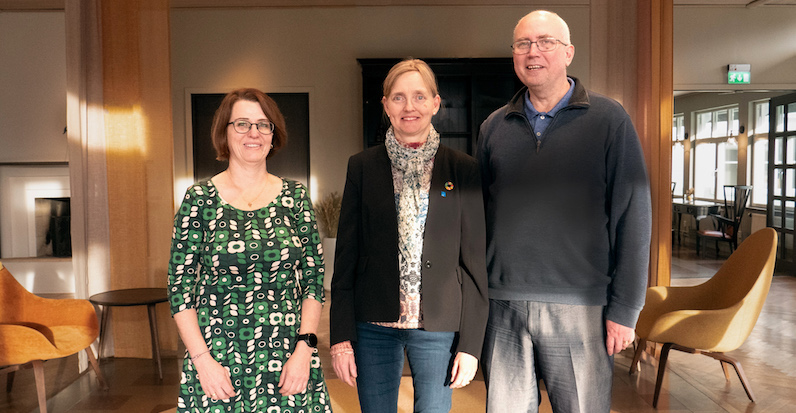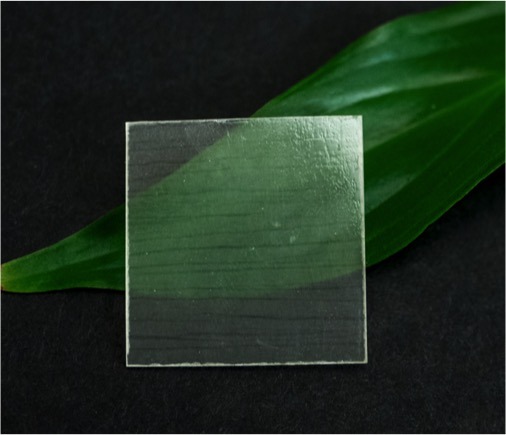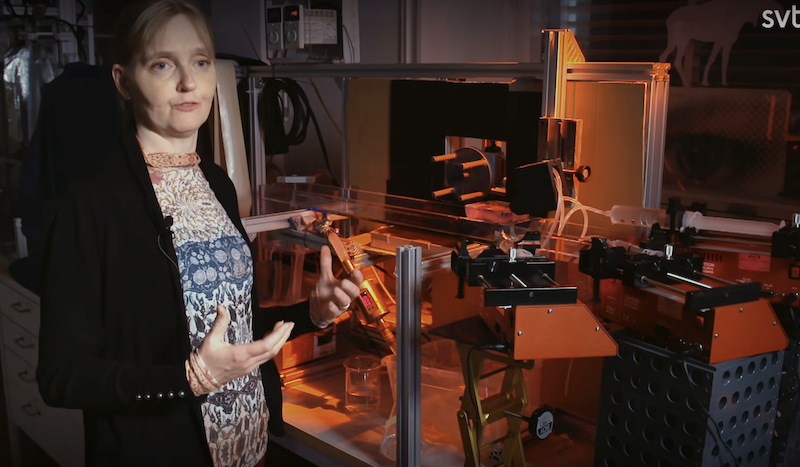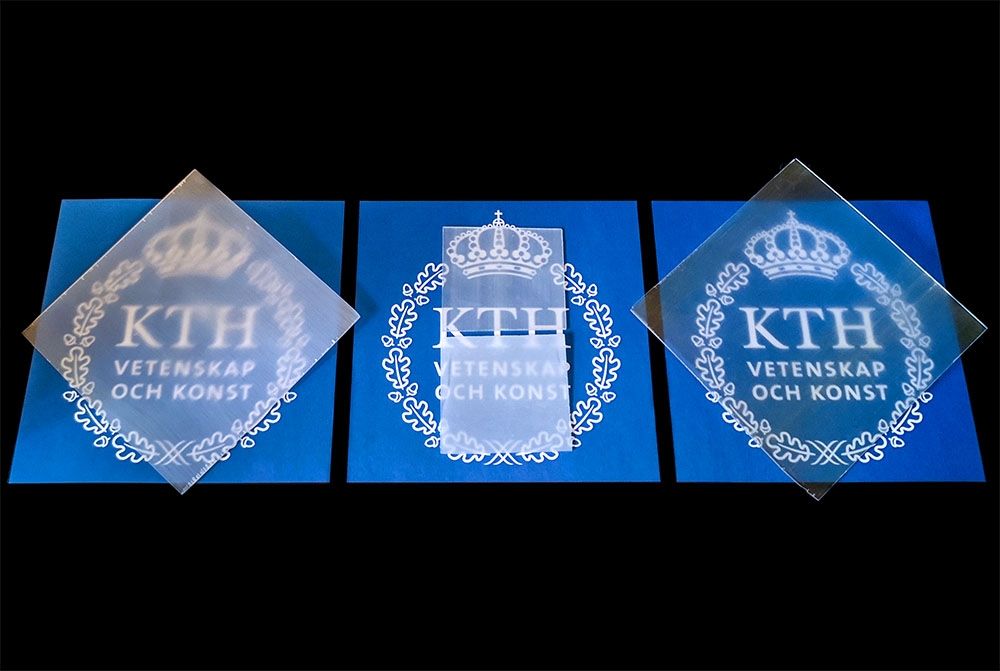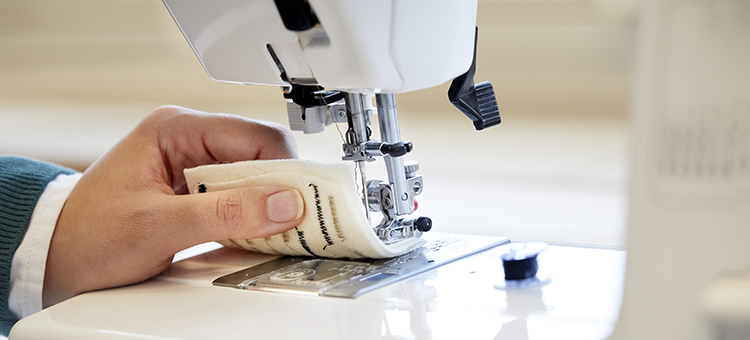From fundamental research to pilot scale – the material that can replace polystyrene foam
Professor Lars Wågberg tells kth.se about the first steps and the research that led to a foam material, by then made of nanocellulose. The first steps were a doctoral thesis within the research center Wallenberg Wood Science Center and in 2012, doctoral student Nicholas Cervin was able to present his thesis. – It turned out […]


